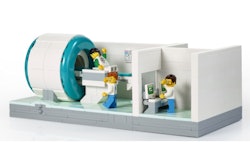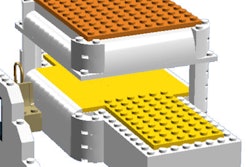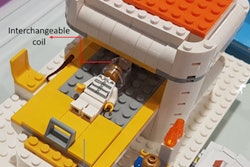
Increasing use of Lego MRI is being made worldwide to reduce the anxiety of pediatric patients and reassure them about what awaits them in an MRI examination. The tool has now been implemented clinically in Japan.
Yoshiki Owaki, from the Office of Radiological Technology at Keio University Hospital in Tokyo, has made a YouTube video that is being used to instruct children on what an MRI scan entails, the goal being to avoid the use of anaesthesia. He has also created a nonprofit organization, Medical Play, which produces picture books, videos, and virtual reality-based tools to explain tests with the goal of promoting children's mental health.
Owaki plans to create a full picture book with the help of this video, which can also be used offline, to increase access for children and hospitals to this material.
An early pioneer of Lego MRI, Dr. Ben Taragin, has also started collaborating with the Lego Foundation, which has released a more adapted version of the model with support of a Danish Lego employee, Erik Ullerlund Stæhr. The Lego Foundation is evaluating further distribution in the near future.
Along with Dr. Erik Ranschaert and Dirk Denoyelle, Taragin created the first version of Lego MRI.
"I was really delighted to hear how our original idea was picked up by this Japanese colleague, and we are very grateful that he is taking full advantage of this to allow children to have the safest possible MRI examination," said Ranschaert, a longstanding and active member of AuntMinnieEurope.com's editorial advisory board.
"This is not AI but a purely human tangible solution. It is a great example of a good idea that's slowly but surely finding its way," he noted, adding that Lego MRI also boosts sustainability by reducing the carbon footprint of hospitals.



















